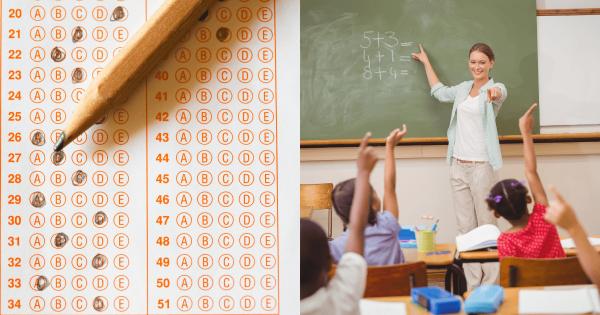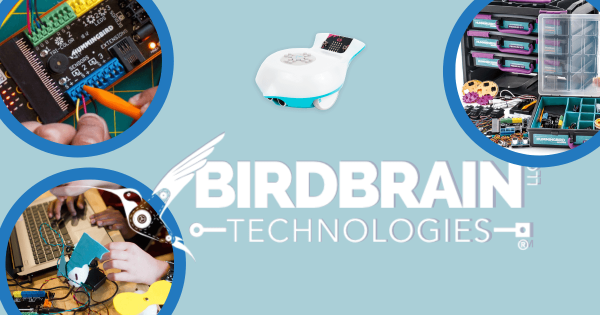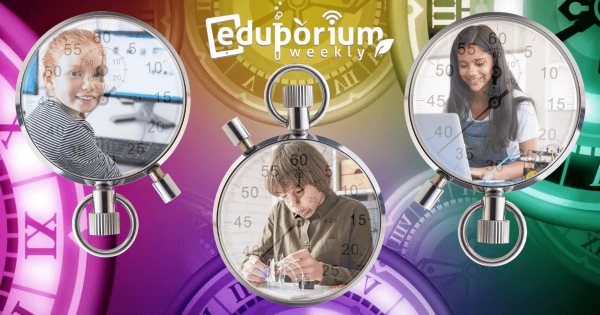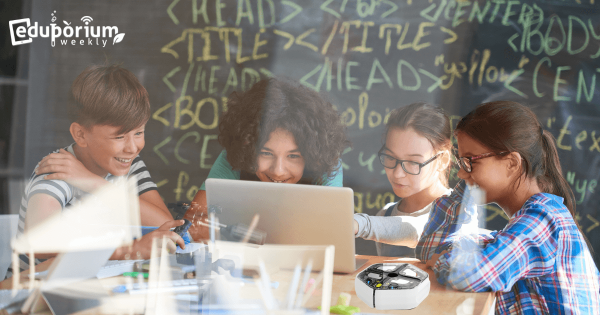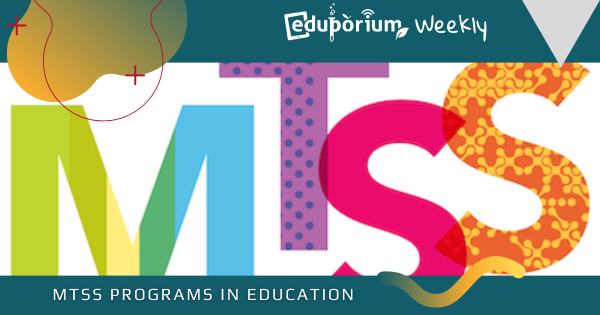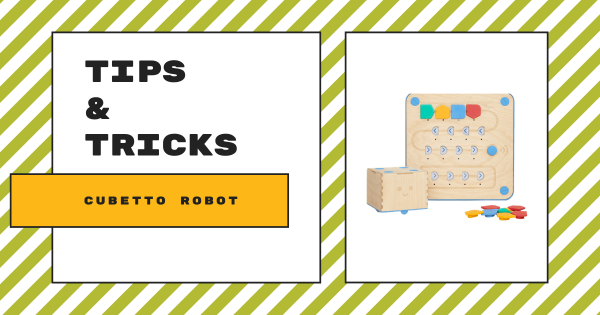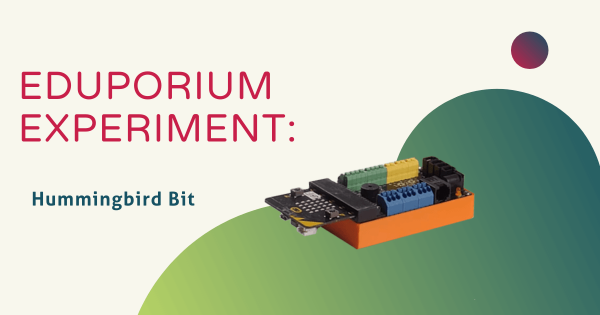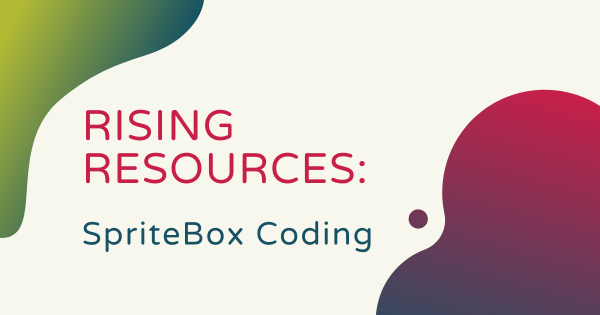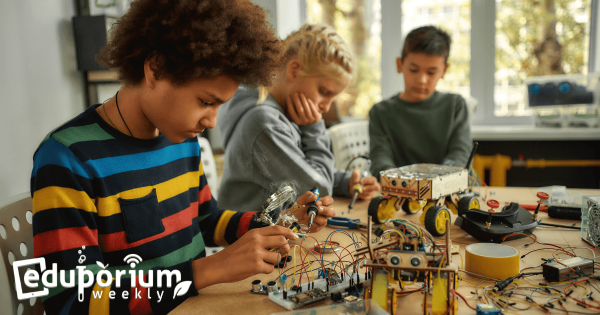Every student receives grades and uses them to determine if they did well enough on an assignment, for the quarter, or to move on to the next grade. Of course, this can also create some pressure on students and sometimes lead to shortcomings in their performance. Plus, a letter grade isn’t always indicative of whether or not a student has
Search results for '9 early'
-
BirdBrain's Robots, Kits, And PD Offer Serious STEAM Potential
Coding and arts education may not seem like they truly align all that much but, thanks specifically to the versatile Hummingbird Robot from BirdBrain, students can certainly combine them through impactful projects. Plus, with the fully capable Finch Robot 2.0, children in all K-12 grades can code and create with ease. And, there’s highly effective PD tools for teachers, too! -
Eduporium Weekly | Some Of The Logistics Of Self-Paced Learning
Self-paced learning is a form of differentiated instruction that teachers can integrate into learning experiences. In self-paced learning, teachers can let their students decide how many lessons they need and how much practice constitutes them mastering something. There are also various instructional techniques you could use and many potentially positive outcomes for kids. -
Eduporium Weekly | Highlighting Child Inventors To Inspire More
It’s not just the seasoned scientists and computer programmers who might invent world-changing and progress-focused solutions. In fact, there’s also plenty of inventive kids and teens out there who have left their mark on the world with both big and small inventions, and some have even contributed to key inventions throughout history. So, let’s learn about a few of them. -
Eduporium Weekly | Ideas For Expanding Coding Education
All indications are that coding competencies will continue to open up many promising professional opportunities for today’s students. Coding’s not the only skill that will separate them, however, as we see how soft skills remain equally important but, based on what we see from the workforce, students who build up their coding skills won’t be learning something outdated. -
Eduporium Weekly | Using MTSS Programs In Education
A multi-tiered system of support is an instructional framework that involves three separate tiers. These students will receive instruction and support on a much more general scale in the first tier and then this attention increases in personalization as needed. Simultaneously, instructors use the data and assessments they create to inform what each child needs at each phase. -
Tips & Tricks | Teaching Coding With The Cubetto Robot
While it’s considered unique in the world of early education STEM learning, the Cubetto Robot is also fabulously effective. Students as young as three years old can use this device-free robot to start to understand core coding principles and begin developing new, useful logic and computational skills in preschool classrooms. Explore our tips and tricks for getting started! -
Eduporium Experiment | STEAM And The Hummingbird Bit
By combining the powerful brain of the micro:bit V2 with its flexible robotic core and modular parts, the Hummingbird Bit can help you lead classroom STEAM experiences that are one par with teaching using some of the more extravagant robots out there. The kits are actually real affordable, however, and offer a ton of versatility and value for kids throughout -
Rising Resources | SpriteBox Coding
Sometimes, teaching kids about coding can get complicated. Even with all of these excellent coding solutions that are available for K-12 teachers and their students, it can sometimes feel challenging to pinpoint how exactly to start. So, in this post, we’re exploring the SpriteBox Coding platform, a CS app that educators can use to introduce coding in early elementary school. -
Eduporium Weekly | Promoting Inventiveness In Education
Inventiveness, if you ask us, is something that goes hand in hand with 21st century problem solving and creativity, but, despite how it could potentially really help enable instructors to challenge student creativity, it is oftentimes overlooked. Luckily, inventiveness is key in STEM education and one of the key soft skills students can work on as soon as they enter



